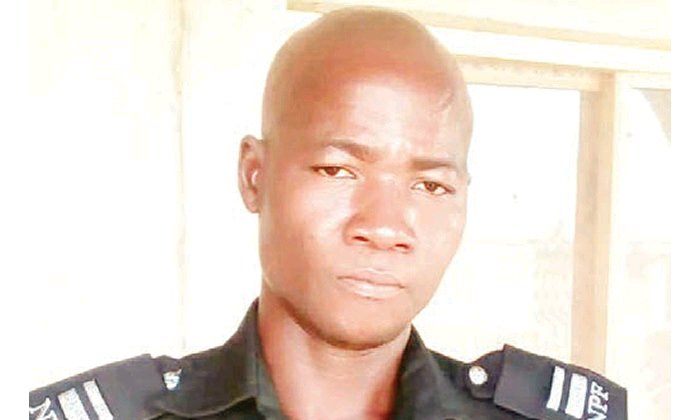
The autopsy, that was conducted on the remains of Inspector Taiye Atobiloye, who happens to be the policeman who died in a cell at the ‘D’ Division, of the Kogi State Police Command, has revealed that he had marks of violence on his body and he was also starved to death, PUNCH reports.
It was reported that the autopsy report, also indicated that the victim, who was hypertensive, was starved in the cell.
More information on the incident made it known that, Atobiloye, was attached to the Oke Onigbin Police Division, Kwara State but, trouble started for him in April 2023, when he was redeployed for special duty in Zone 12, Kogi State, but he declined the order.
The deceased’s wife, Oluwabukola, said that when her husband’s efforts to stop the deployment failed, Atobiloye travelled to Kogi State to resume but, he was detained for late resumption at the ‘D’ Division.
Oluwabukola claimed that, after one week without anyone picking up the numerous calls she made to his telephone line, she heard from another person that, her husband had died inside a cell in ‘D’ Division.
The widow, while she was demanding justice, said that her husband, Taiye, who had spent 22 years in the police force, was tortured to death by some officers.
However, the Zonal Police Public Relations Officer, Ruth Awi, however in her statement as regarding the deceased’s death claimed that, the deceased was drunk and that he collapsed in the cell. But, the five-page post-mortem report, that was exclusively obtained by Punch Newspaper correspondent, that was issued on May 3rd, 2023, and signed by one Dr Awelimobor Daniel, of the Federal Medical Centre, Lokoja, listed the primary causes of the deceased’s death as “acute left ventricular failure” and “hypertensive cardiovascular disease,” while the secondary cause was indicated as “multiple superficial soft tissue injuries.”
The autopsy report also stated in part that, the deceased was brought in dead to the hospital and did not slump and died, as claimed by police.
“External examination: young man, not pale, axyanosed, anicteric, no pedal oedema, obvious bruising and external signs/marks of violence are seen over the forehead, face, shoulders, both wrists and on the leg and empty stomach.”
